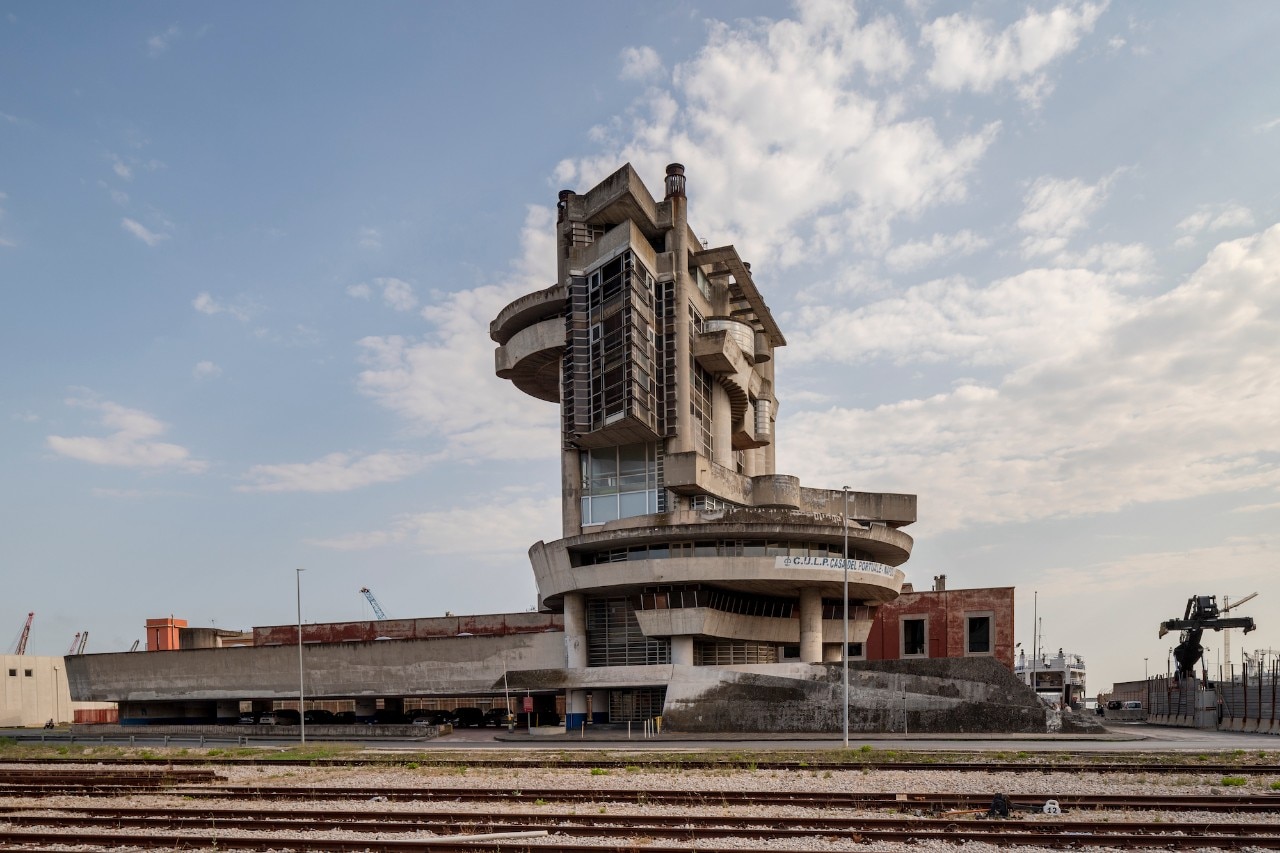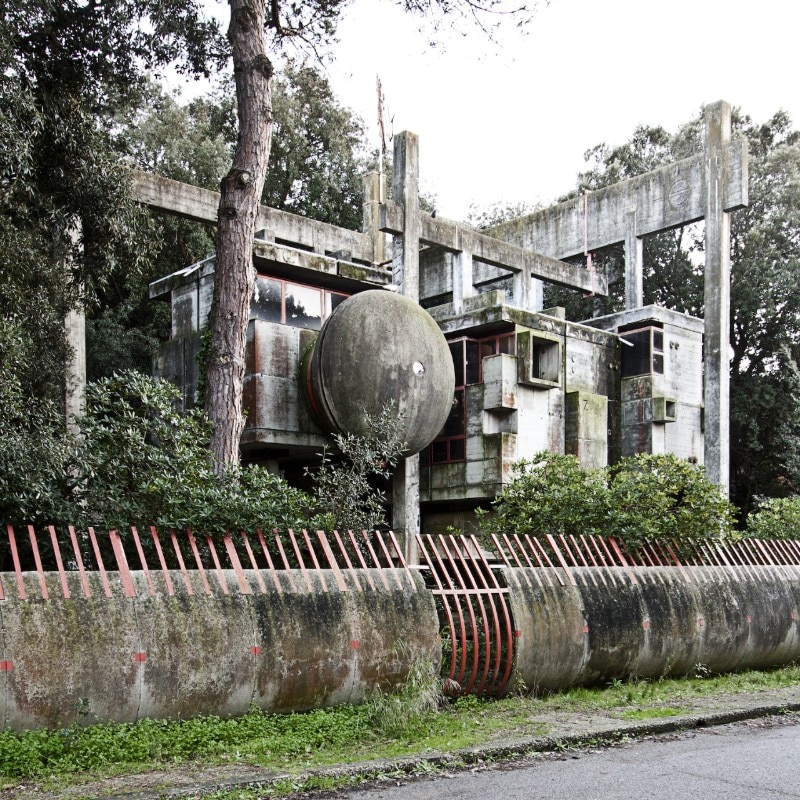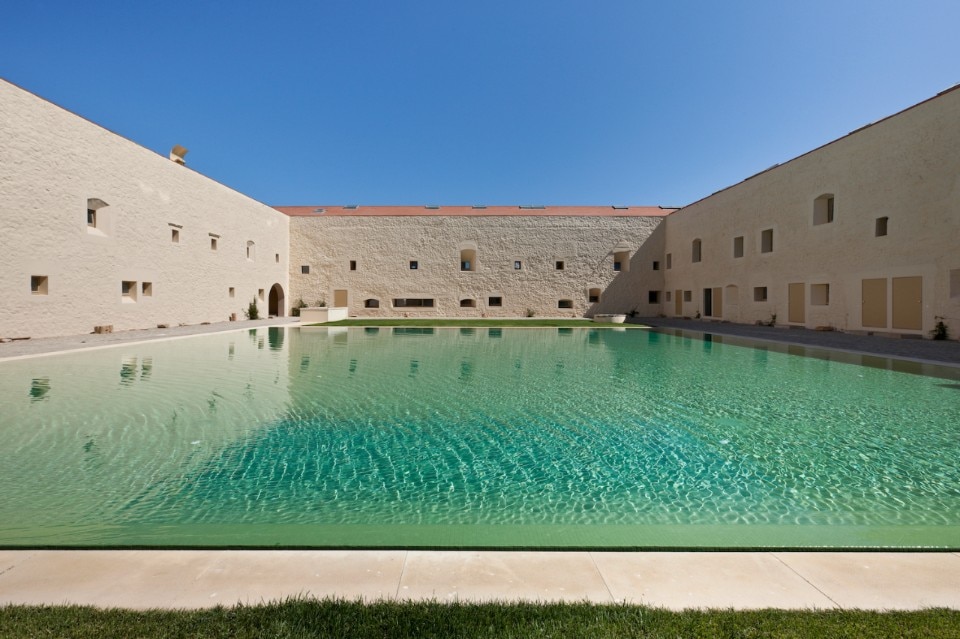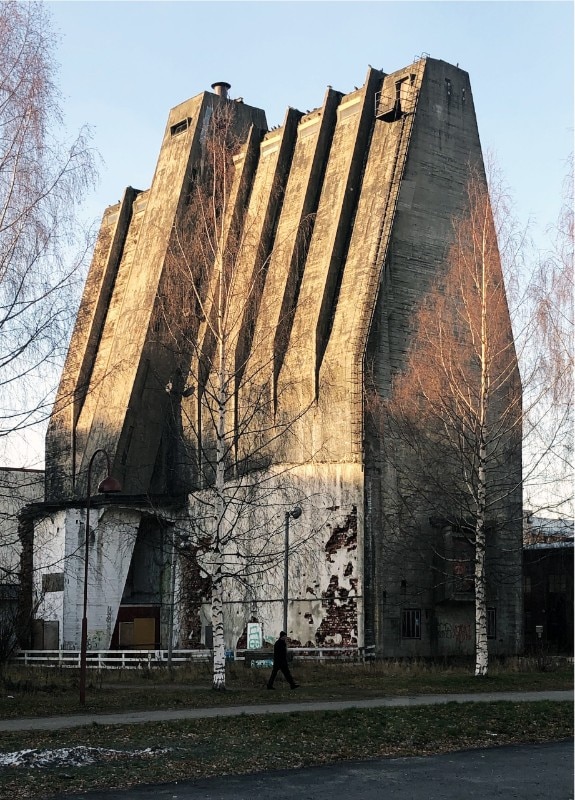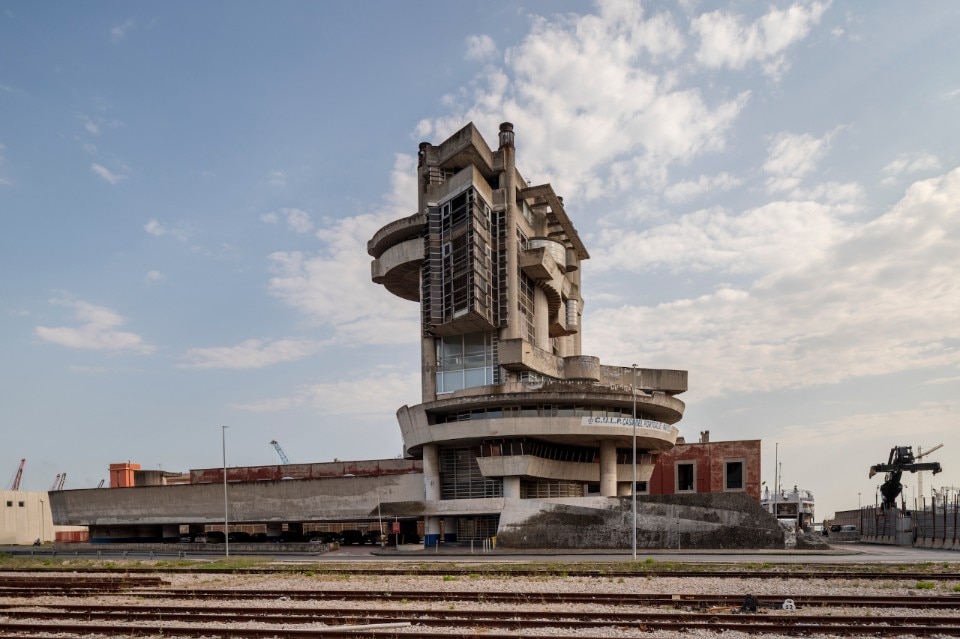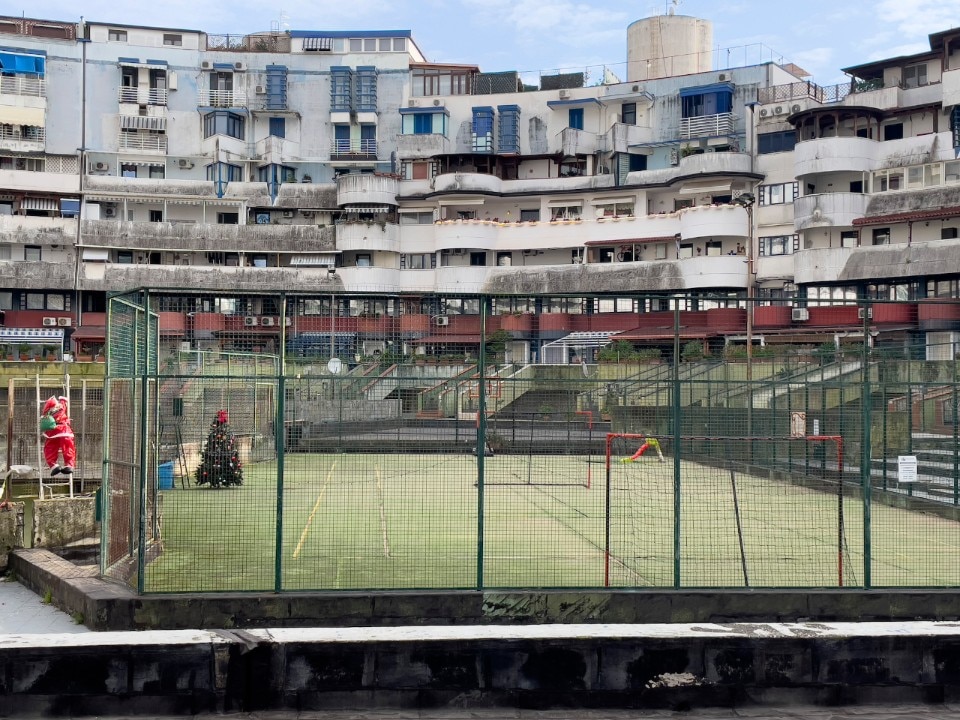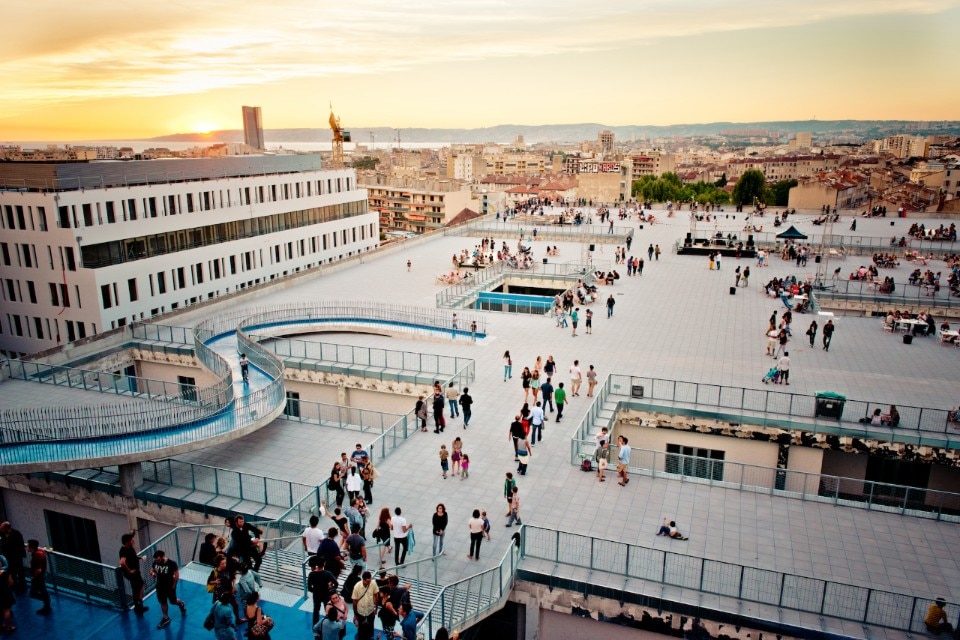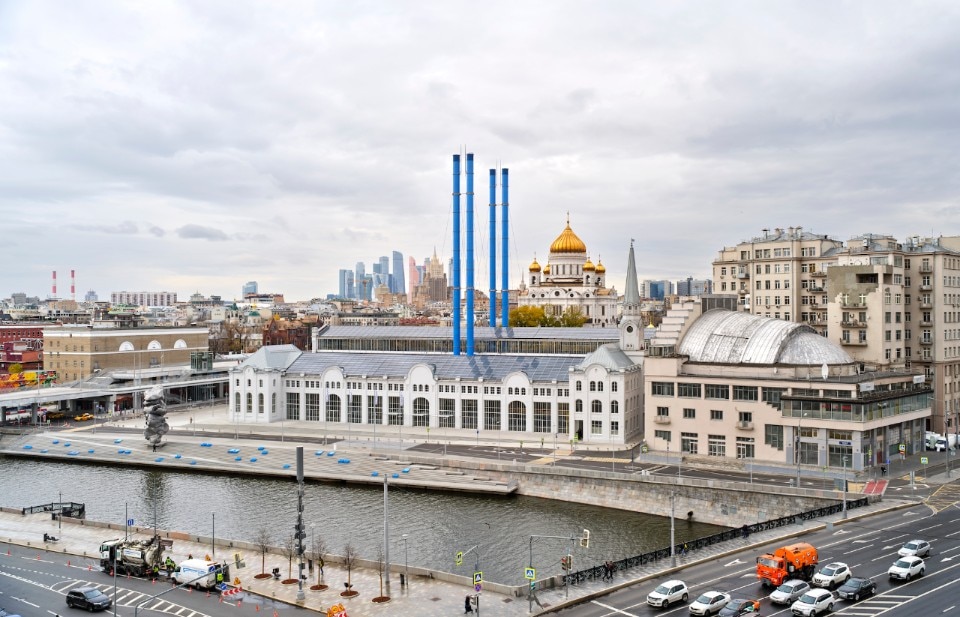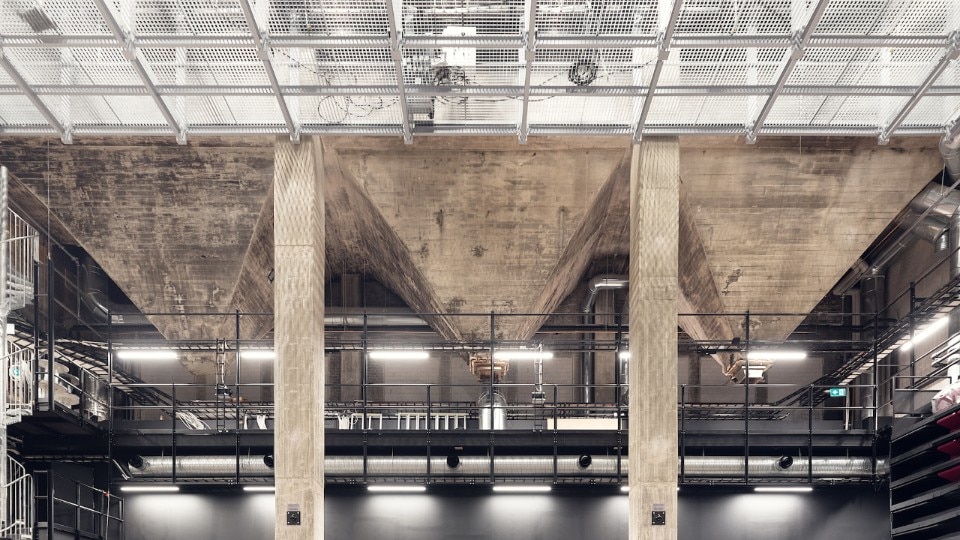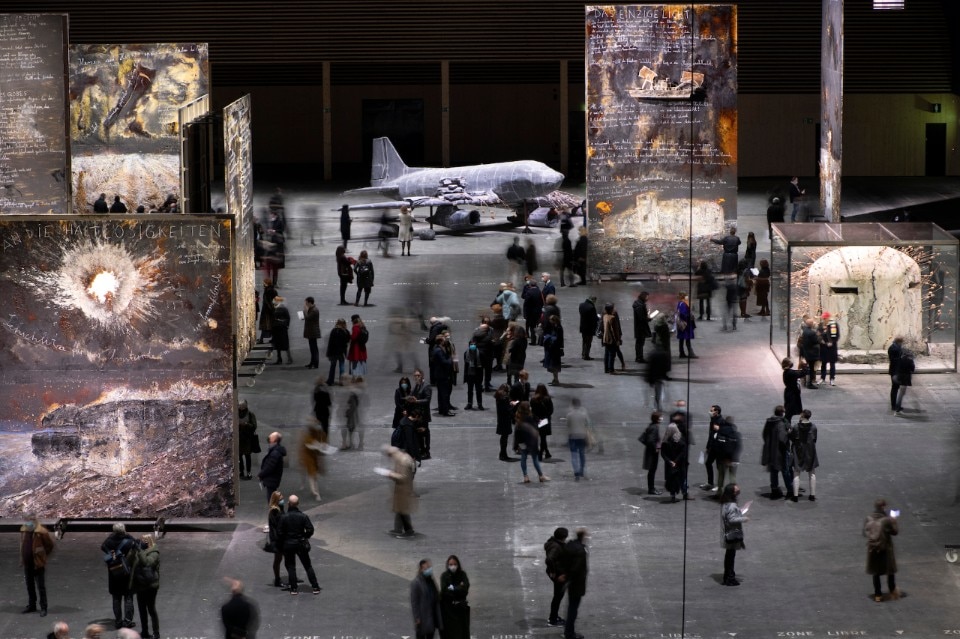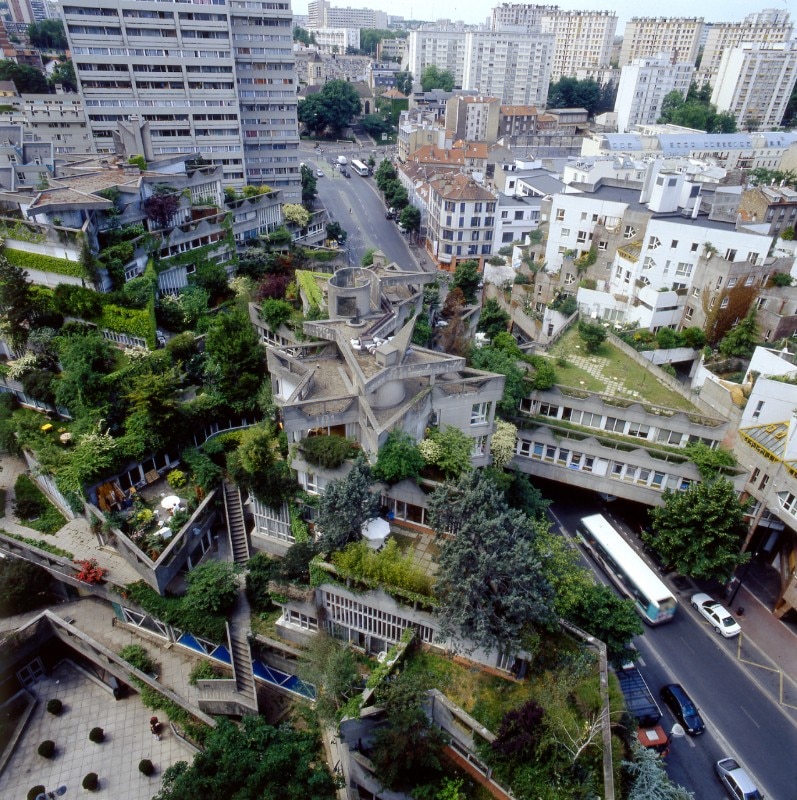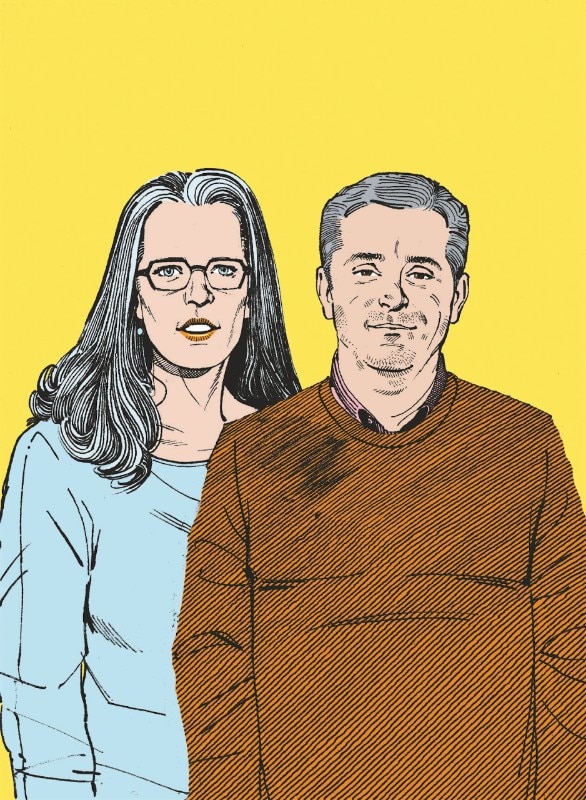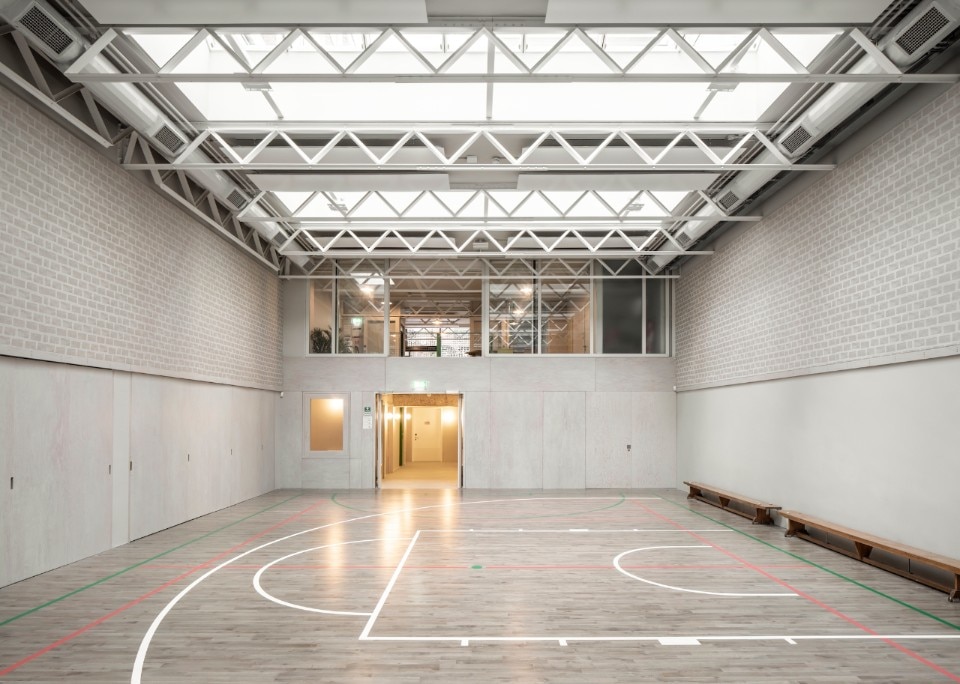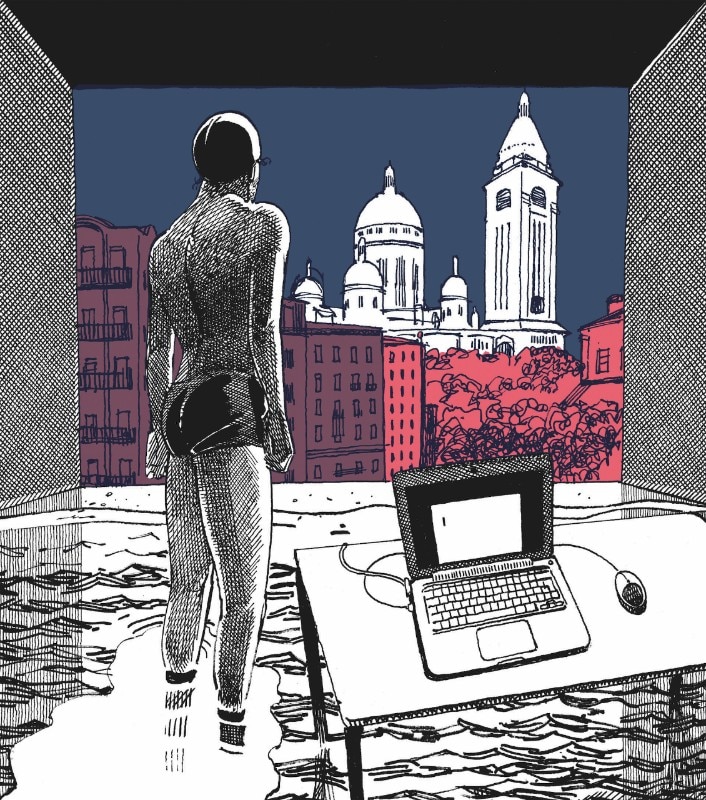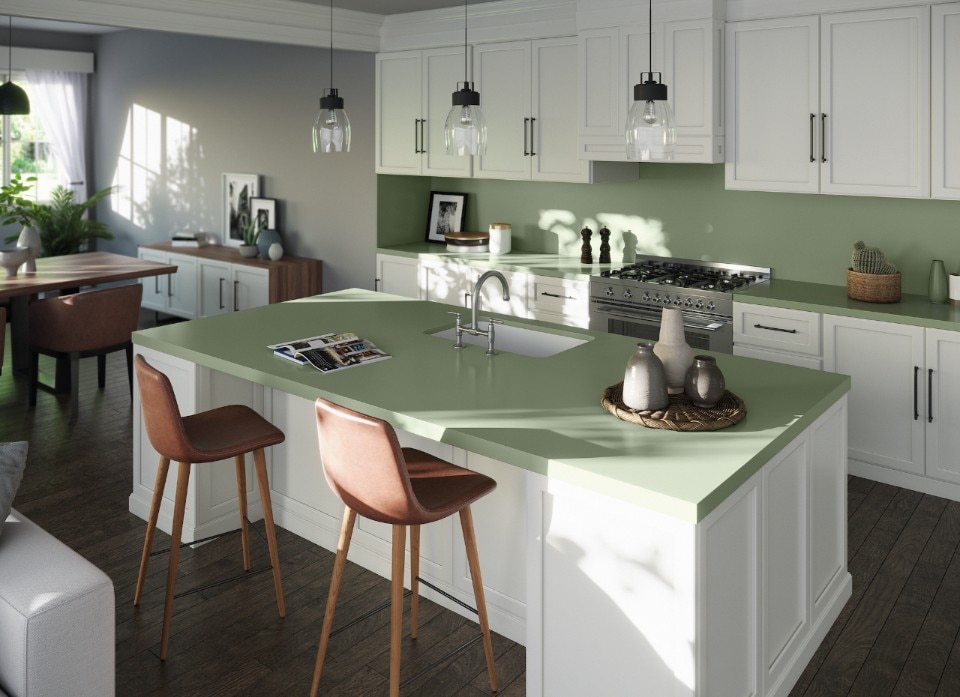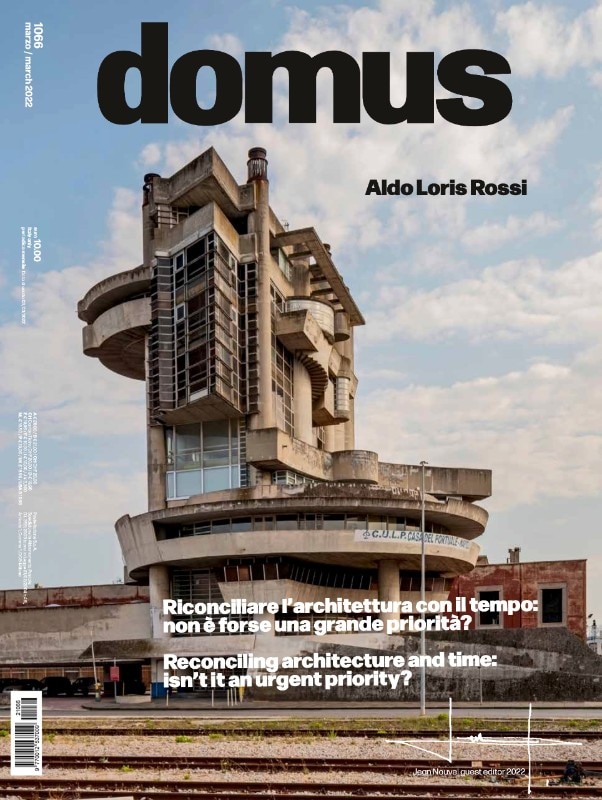The March issue of Domus 1066 focuses on the importance of reconciliation between architecture and time. Guest Editor 2022 Jean Nouvel opens the magazine: his Editorial describes architecture as a living being to be cared for over time, enhanced and integrated into urban space. “Architecture, like living beings, is too often irresponsibly abandoned, forgotten or exploited. For an architecture to last over the years, it must be able to be kept alive, to allow it to adapt to the situations of the moment”.
Next in the Essays, architecture critic Francesco Perrotta-Bosch writes about the appropriateness of reusing buildings seriously affected by time or extraordinary events, citing examples such as Lina Bo Bardi’s Solar do Unhão, or the Ningbo History Museum by Amateur Architecture Studio. Next, Adam Lowe and Charlotte Skene Catling talk about the first industrial building designed by Alvar and Aino Aalto, built in 1931. The AaltoSiilo is a building at the limits of engineering tolerance, currently undergoing a major transformation and reuse plan.
The first part of the Architecture section is dedicated to the work of Aldo Loris Rossi, and opens with an article by Davide Vargas, who describes him as an “experimental and impetuous designer”. His Neapolitan architecture bears the marks of neglect on its skin and bears witness to an uncommon technical mastery in designing concrete. Today, both still speak of the visionary force and hand of the “utopian builder” who designed them. The first project covered is Casa del Portuale, a megastructure designed to house offices, assembly halls, a canteen and workshops. This is followed by the six towers and the ring-shaped volume of the Piazza Grande complex, which form a sort of fortress programmatically independent of its context. Aldo Loris Rossi’s free, layered and contradictory forms are the opposite of the retrograde decay staged by the Gomorra series in these architectures.
The section continues, Friche la Belle de Mai in Marseilles, founded on the ashes of a tobacco factory in 1992 and growing to become an urban cultural model, enabling, accompanying, and implementing new languages in the fields of theatre, music, plastic arts, cinema, intervention in public spaces and literature. The GES-2 House of Culture, designed by Renzo Piano in Moscow, on the other hand, is the recovery of an early twentieth-century power station which gives the contemporary art center a permeable ground floor that serves as a civic space and expands outside with a forest. Finally, the Dance House in Helsinki is a project born out of dialogue with a former factory from the Forties, a 7,000 m2 building dedicated to dance that creates a dialogue between history and the future, adding a layer of contemporaneity to the history of the factory and its surroundings.
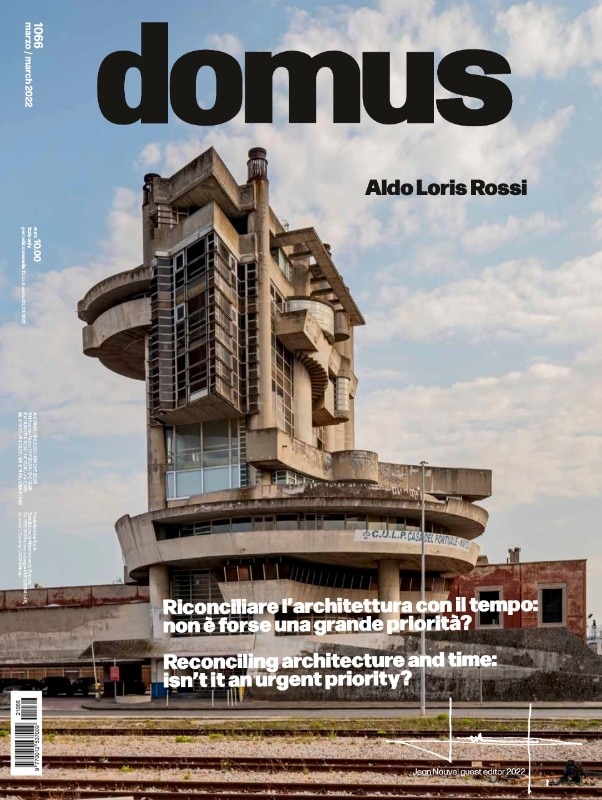
The Art pages focus on the work of Anselm Kiefer, now on show at the Grand Palais Éphémère with “Pour Paul Celan”, where the German painter’s paintings, more than two storeys high, are like Rosetta stones, seeking a common language to learn from history and predict the future. For Design, we tell the challenge of the Typ brand. Florian Lambl and Helen Thonet have decided to focus on recovery, redesign, quality at the right price, longevity, and sustainability with their new design brand.
The issue closes with a final reflection by writer and director Alain Fleischer, who writes about the character’s human and architectural value. “In an architecture, for example, the character must arouse emotion in the dual register of sensitivity and reason”.
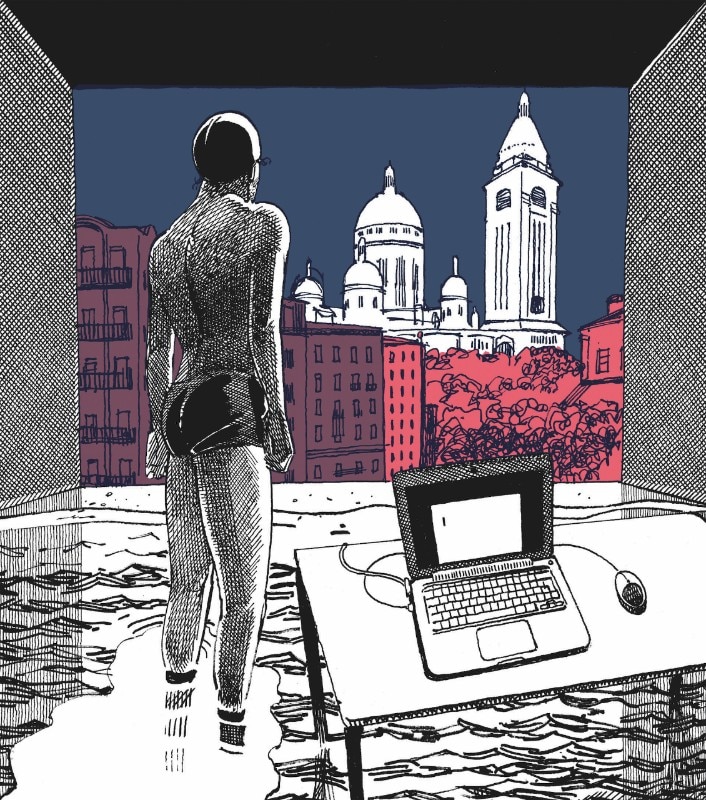
This month’s Diario, pages dedicated to current events, opens with the section Points of View, where Martien de Vletter, head of the Canadian Centre for Architecture’s Collection, and Nuno Sampaio, executive director and general curator of the Casa da Arquitectura in Porto, discuss the future of architecture archives in the digital age. For Public Spaces, Alessandro Benetti discusses 6a architects’ new Holborn House with artist Caragh Thuring, which not only updates the association’s spaces but also gives architectural form to its social and cultural role. Antonio Armano focuses on Cosentino and the challenge of sustainable materials. In the words of Santiago Alfonso Rodríguez, the history and evolution of the company, founded in 1979 as a small marble processing workshop and now an important global group, producer of composite surfaces such as Silestone® and Dekton®. For the column Casa d’altri, writer Andrea Bajani describes the house in Paris where he wrote his novel Ogni promessa: an attic “uphill” in Montmartre, a 30 m2 space to be made and unmade with small metamorphosis exercises, the mornings marked by the bell of a primary school.
Walter Mariotti, Editorial Director of Domus, closes with a dialogue with Nino Tronchetti Provera, founder, and managing partner of Ambienta, a European asset manager focused on sustainability and a leader in the application of environmental sustainability trends to investments.


